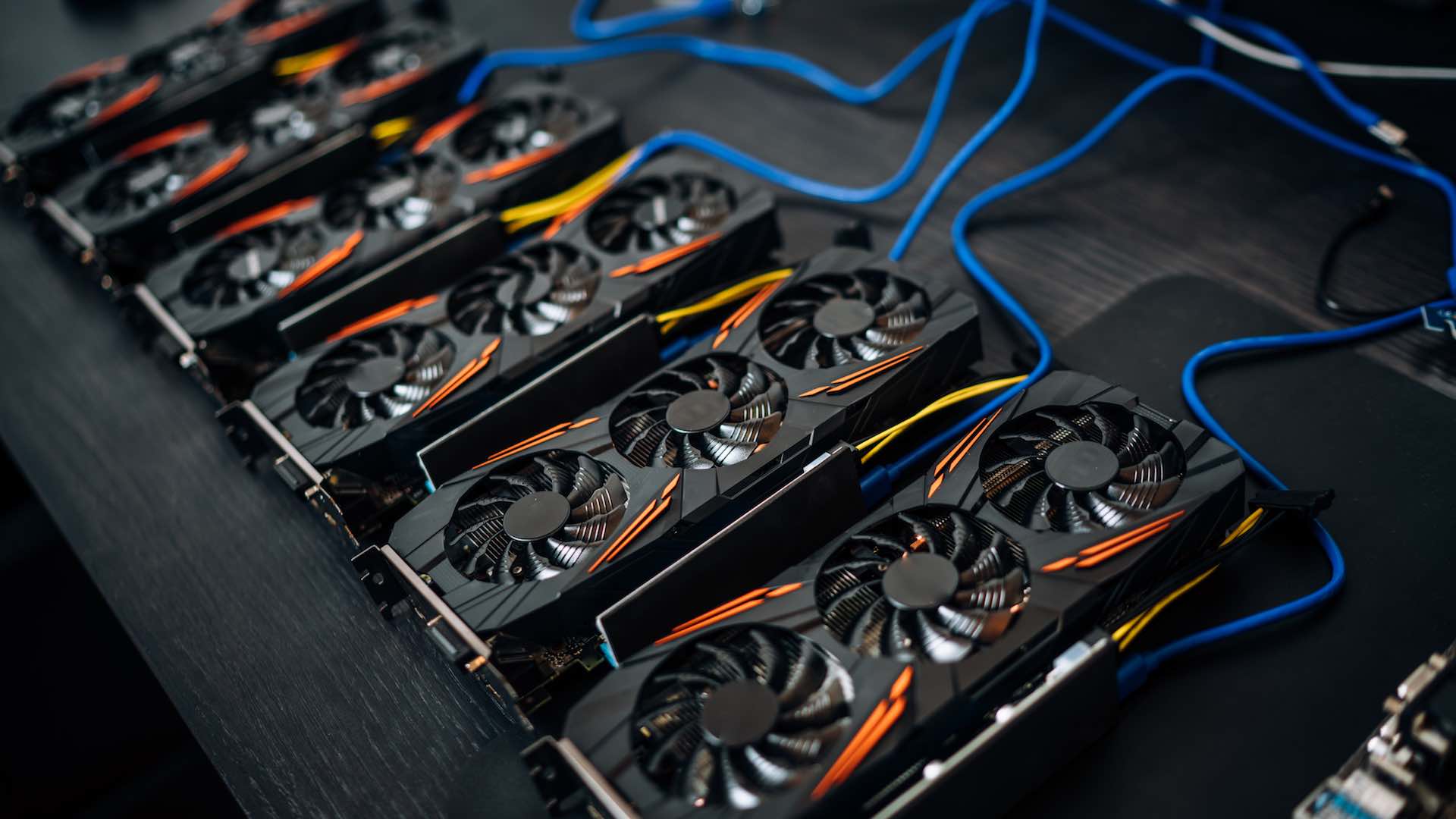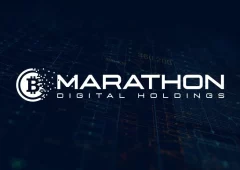Here are the Top Performers in Bitcoin Mining in Q2
15.08.2024 15:00 1 min. read Alexander Stefanov
Recent Q2 reports from Bitcoin mining companies have highlighted their performance post-April halving, which increased mining difficulty and reduced hash prices.
Nishant Sharma of BlocksBridge Consulting pointed out that companies with lower hash costs and higher hash rate utilization are best positioned. CleanSpark led with the lowest hash cost in Q2, while Bitdeer, Bitfarms, and CleanSpark topped in hash rate utilization in July. Conversely, Marathon Digital had higher hash costs.
Bitfarms made board changes, and Riot Platforms increased its stake in Bitfarms to 18.9%. Joe Flynn from Compass Point noted Bitfarms’ growth potential and acquisition interest as protective for the stock.
Marathon bought $100 million in BTC in July despite mining at a loss and plans to raise $250 million to buy more Bitcoin. Flynn compared Marathon to MicroStrategy but lowered the price target.
Some miners are diversifying into high-performance computing (HPC) and AI. Core Scientific is adding 112 megawatts of HPC infrastructure via a deal with CoreWeave. Terawulf is developing a 2MW AI/HPC project, which boosted its stock after Q2 earnings.
Hut 8, with 9,102 BTC as of June 30, aims to expand its HPC capabilities for AI. Analyst Mark Palmer suggested new AI partnerships or advanced mining rig orders could significantly boost Hut 8’s stock.
-
1
Bitcoin: What to Expect After Hitting a New All-time High
10.07.2025 14:00 2 min. read -
2
Peter Brandt Issues Cautious Bitcoin Warning Despite Bullish Positioning
10.07.2025 20:00 2 min. read -
3
Vanguard Now Owns 8% of Michael Saylor’s Strategy, Despite Calling BTC ‘Worthless’
15.07.2025 17:09 2 min. read -
4
Standard Chartered Becomes First Global Bank to Launch Bitcoin and Ethereum Spot Trading
15.07.2025 11:00 1 min. read -
5
Bitcoin Reaches New All-Time High Above $116,000
11.07.2025 7:56 1 min. read
Bitcoin Banana Chart Gains Traction as Peter Brandt Revisits Parabolic Trend
Veteran trader Peter Brandt has reignited discussion around Bitcoin’s long-term parabolic trajectory by sharing an updated version of what he now calls the “Bitcoin Banana.”
Global Money Flow Rising: Bitcoin Price Mirrors Every Move
Bitcoin is once again mirroring global liquidity trends—and that could have major implications in the days ahead.
What is The Market Mood Right Now? A Look at Crypto Sentiment And Signals
The crypto market is showing signs of cautious optimism. While prices remain elevated, sentiment indicators and trading activity suggest investors are stepping back to reassess risks rather than diving in further.
What Price Bitcoin Could Reach If ETF Demand Grows, According to Citi
Citigroup analysts say the key to Bitcoin’s future isn’t mining cycles or halving math—it’s ETF inflows.
-
1
Bitcoin: What to Expect After Hitting a New All-time High
10.07.2025 14:00 2 min. read -
2
Peter Brandt Issues Cautious Bitcoin Warning Despite Bullish Positioning
10.07.2025 20:00 2 min. read -
3
Vanguard Now Owns 8% of Michael Saylor’s Strategy, Despite Calling BTC ‘Worthless’
15.07.2025 17:09 2 min. read -
4
Standard Chartered Becomes First Global Bank to Launch Bitcoin and Ethereum Spot Trading
15.07.2025 11:00 1 min. read -
5
Bitcoin Reaches New All-Time High Above $116,000
11.07.2025 7:56 1 min. read


